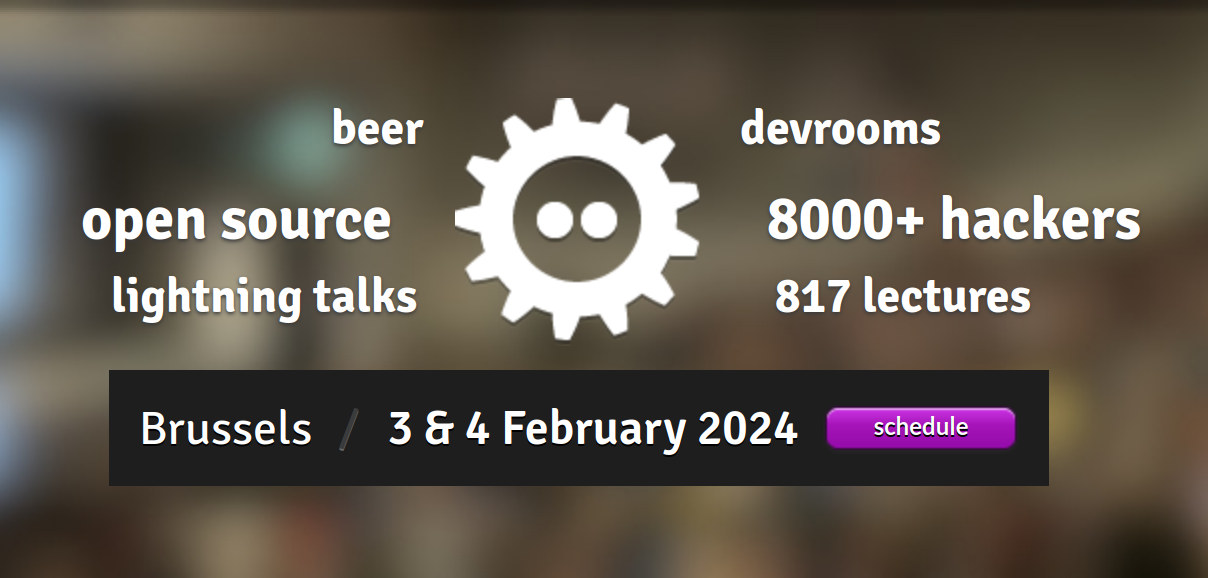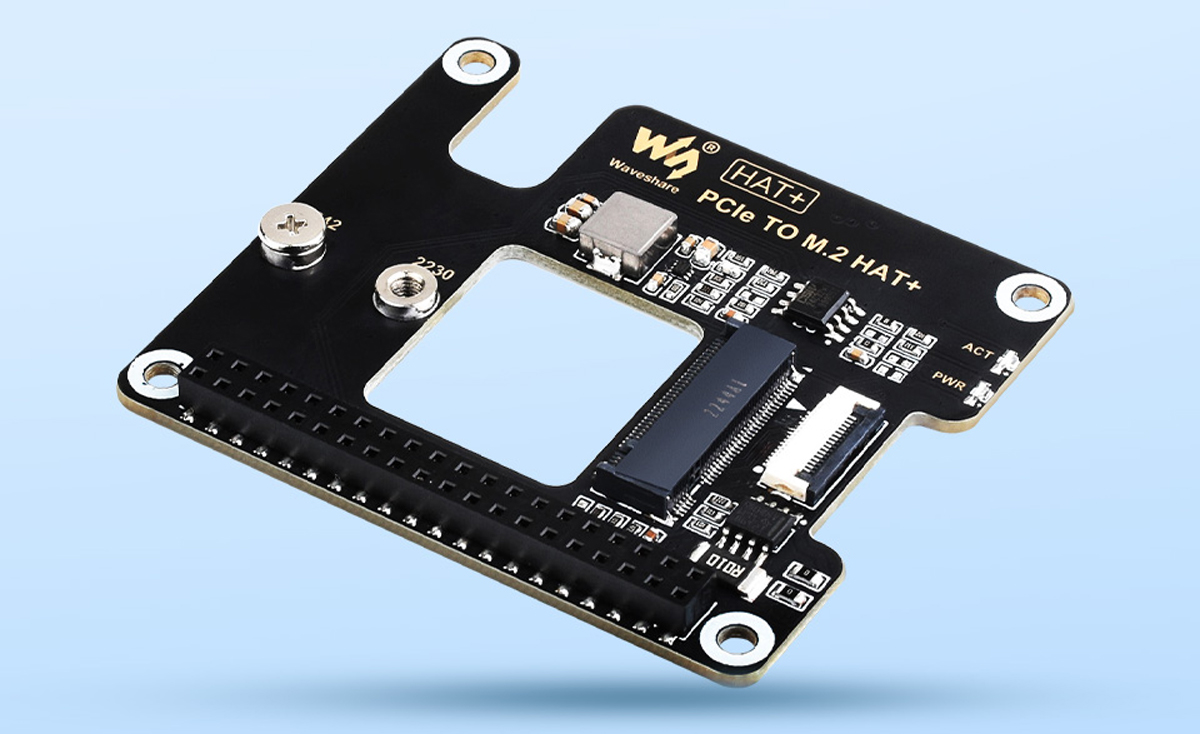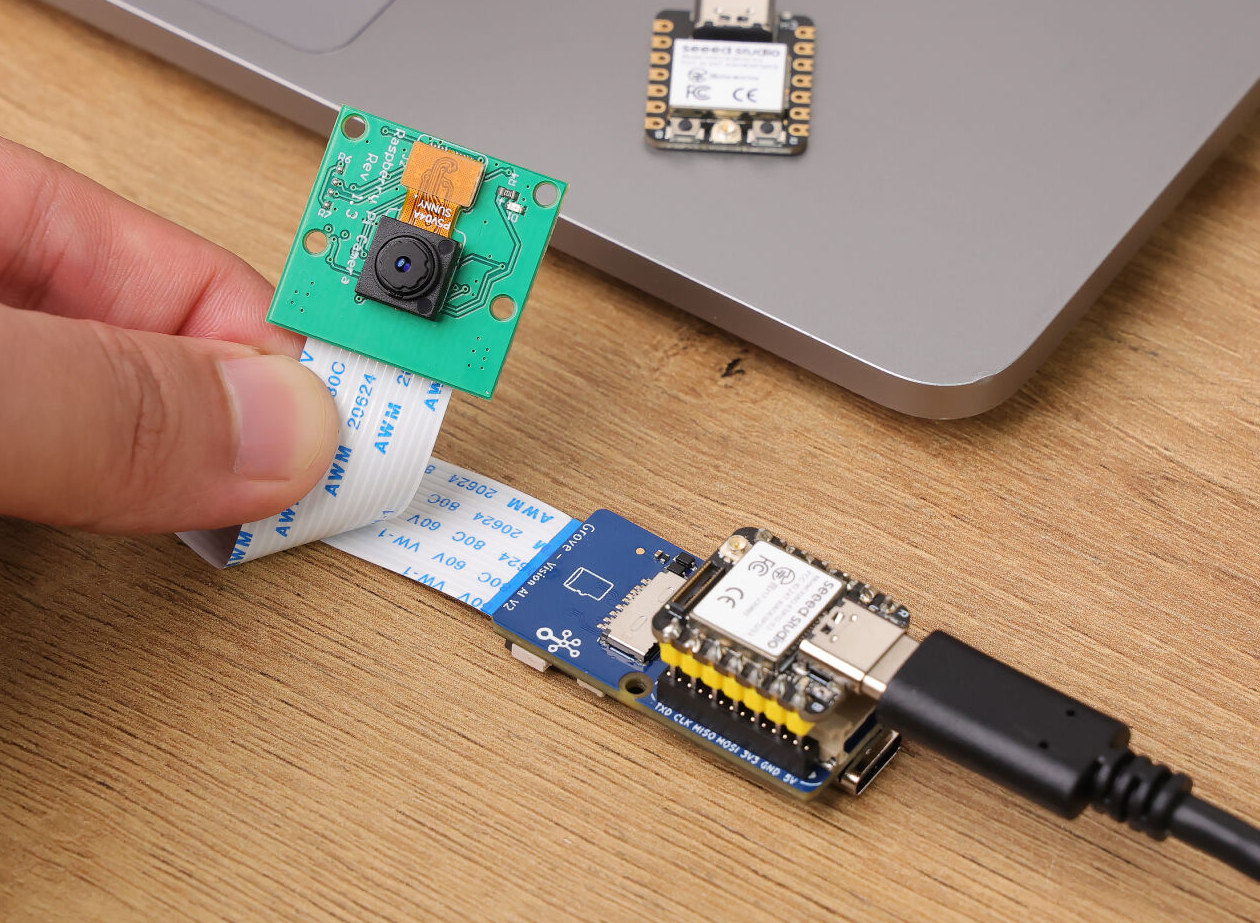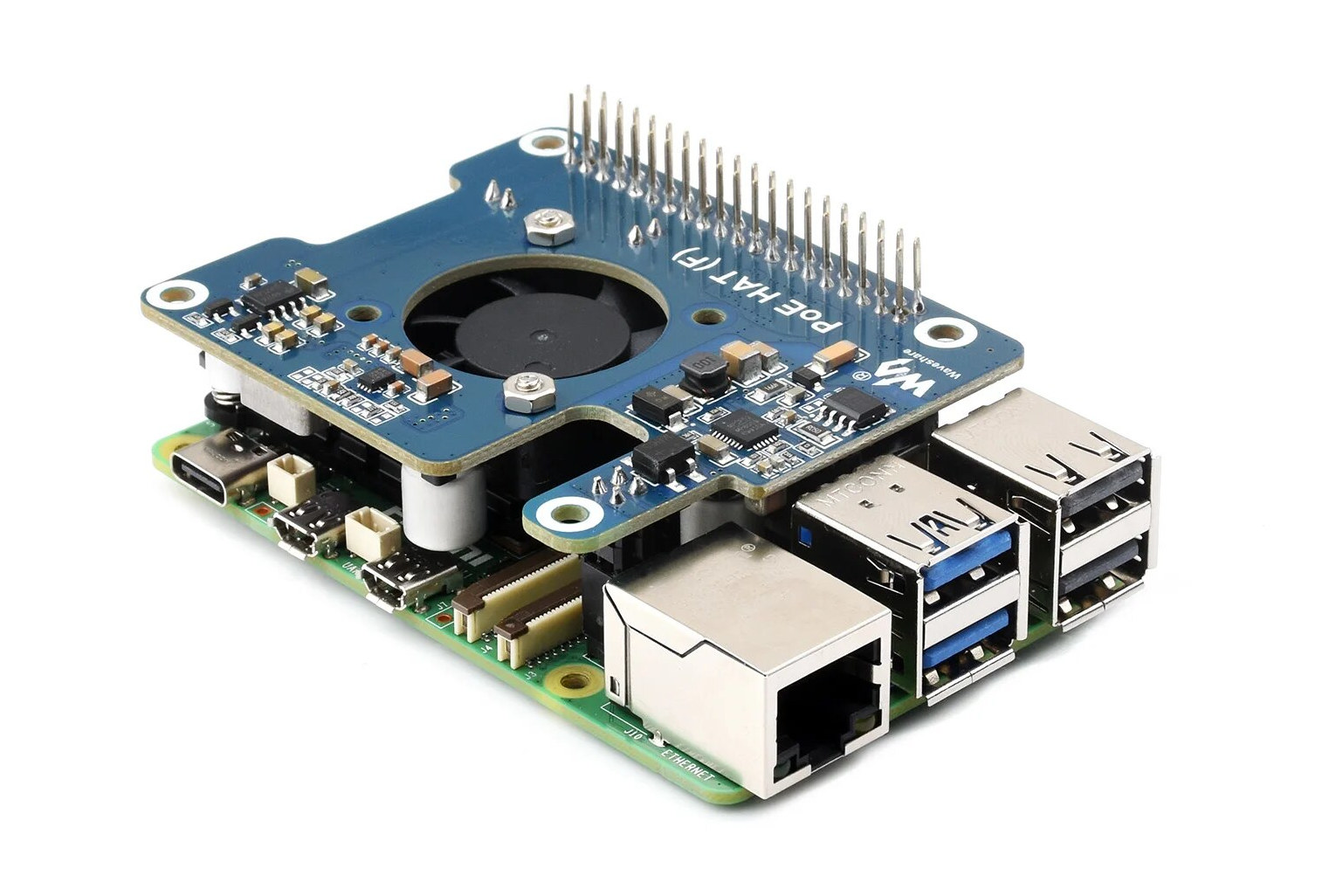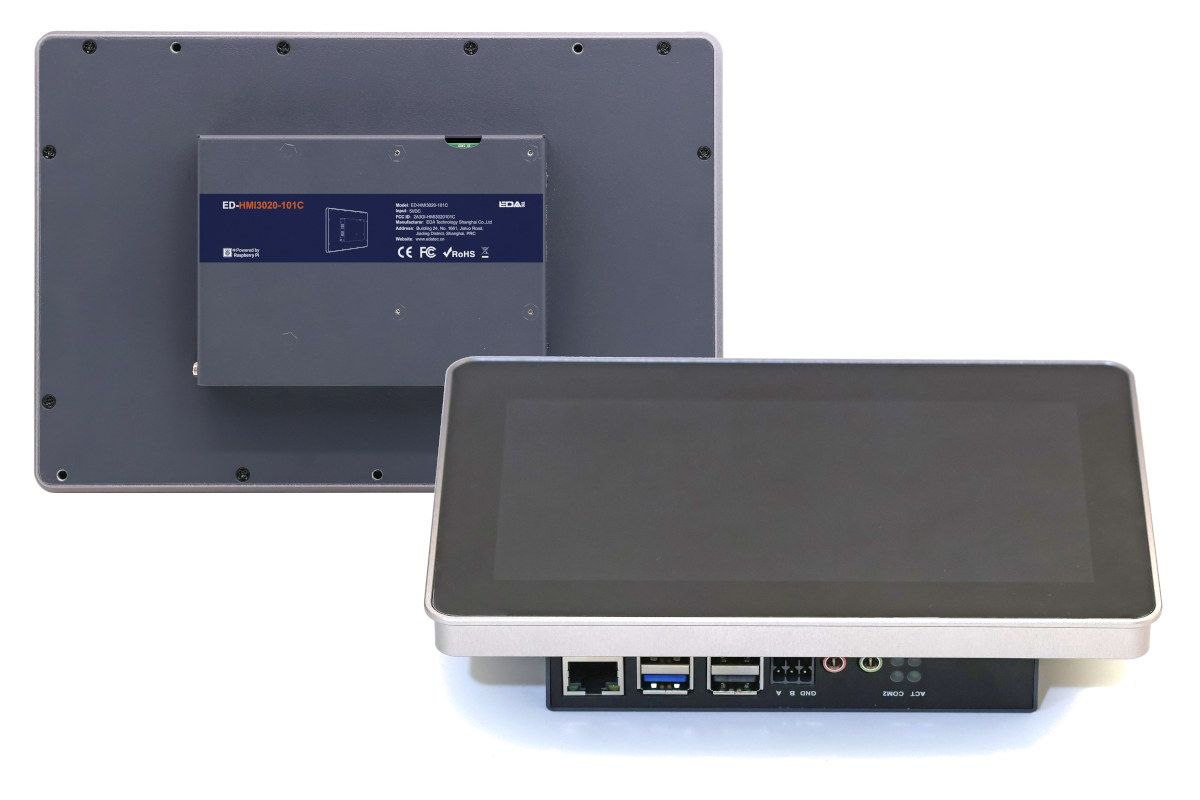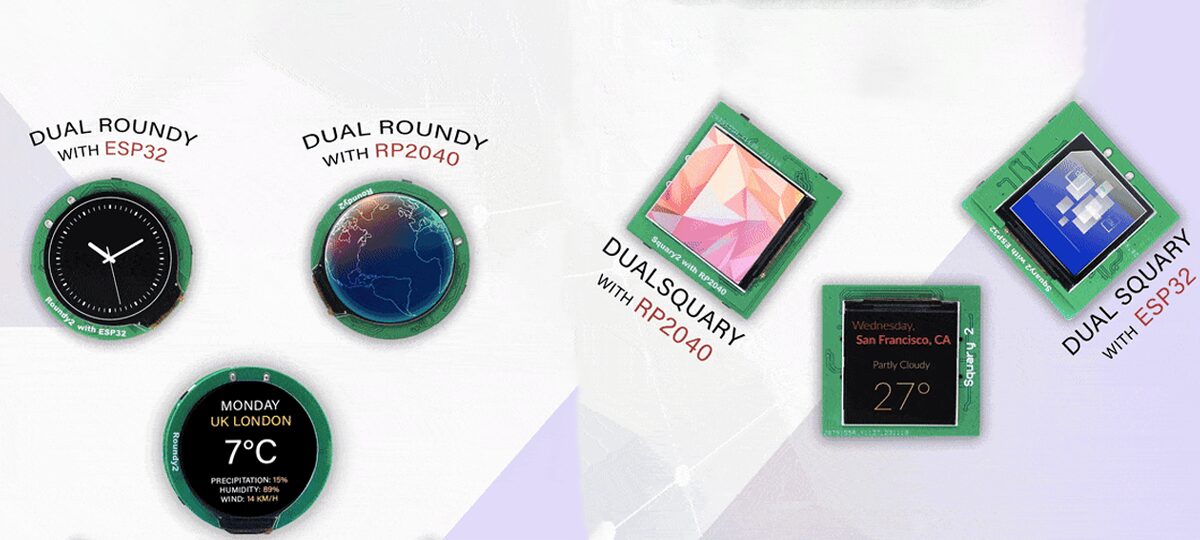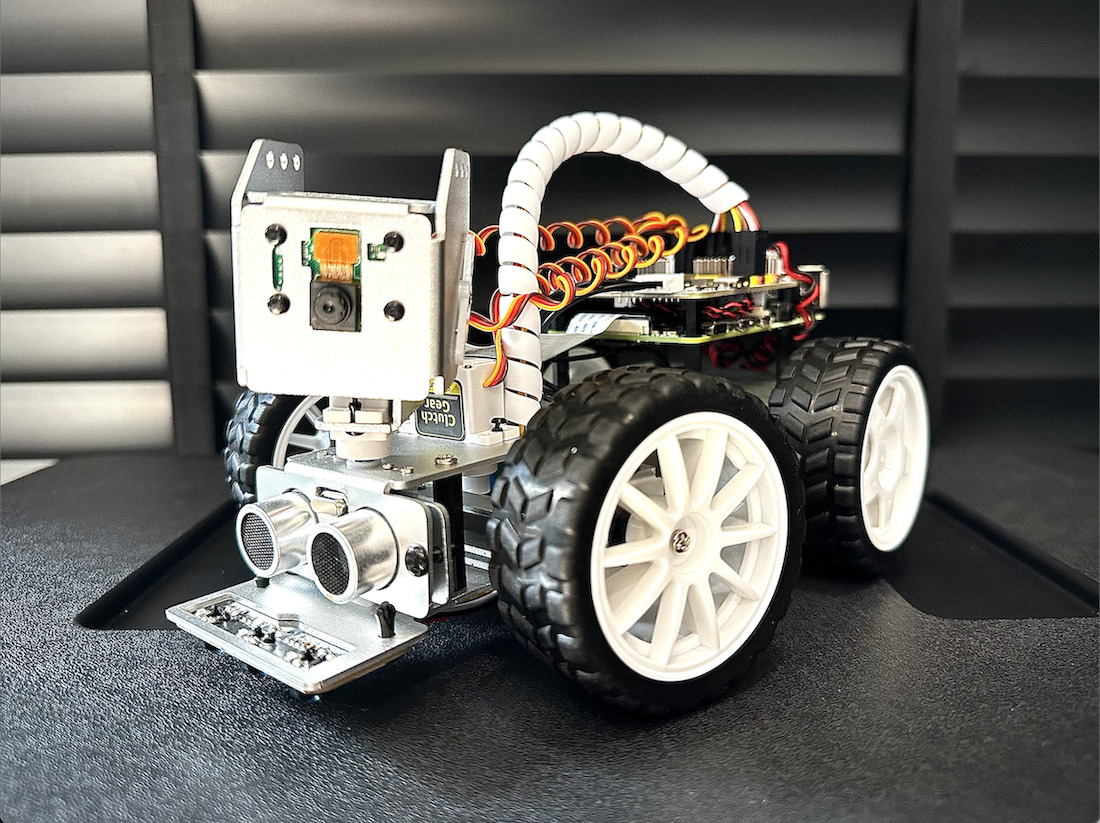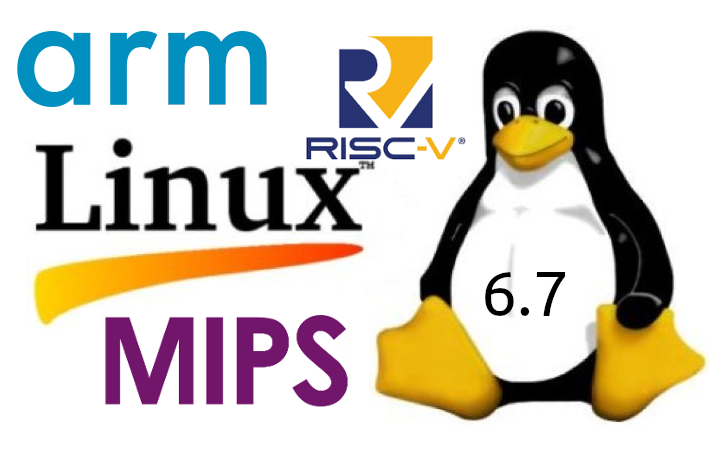FOSDEM – which stands for Free and Open Source Software Developers’ European Meeting – is a free-to-participate event where thousands of developers meet in Brussels on the first week-end of February to discuss open-source software & hardware projects. FOSDEM 2024 will take place on February 3-4 with 880 speakers, 818 events, and 66 tracks. Although I won’t attend, I’ve created a virtual schedule like every year with sessions most relevant to the topics covered on CNX Software from the “Embedded, Mobile and Automotive” and “Open Hardware and CAD/CAM” devrooms, but also other devrooms including “FOSS Mobile Devices”, “ Energy: Reimagining this Ecosystem through Open Source”, “RISC-V”, and others. FOSDEM Day 1 – Saturday, February 3, 2024 10:30 – 10:55 – Screen Sharing on Raspberry Pi 5 Using VNC in Weston and Wayland with the Yocto Project and OpenEmbedded by Leon Anavi In 2023, embedded Linux developers received eagerly awaited news: […]
Waveshare PCIe to M.2 adapter for Raspberry Pi 5 will only cost you $8.99
The Waveshare PCIe To M.2 adapter is an inexpensive PCIe to M.2 HAT+ module for the Raspberry Pi 5 designed for PCIe Gen2 and Gen3 SSDs. It is compatible with standard SSD sizes of 2230/2242 and features status indicator LEDs, a power monitoring chip, an EEPROM, and a cooling fan vent to keep temperatures in control during heavy use. It’s not the first Raspberry Pi 5 adapter taking NVMe SSDs (or AI accelerator), as we previously explored the PineBerry Pi’s HatDrive, suitable for 2230, 2242, and 2280 SSDs up to PCIe Gen3 speeds and the Pimoroni NVMe Base with a different design and compatible with 2230, 2242, 2260, and 2280 drives up to PCIe Gen3 speeds. A few days ago, we already covered Waveshare’s PoE HAT(F), which shares a similar form factor with Waveshare PCIe To M.2 Adapter and uses the new HAT+ standard to provide 24W of power to […]
$16 Grove Vision AI V2 module features WiseEye2 HX6538 Arm Cortex-M55 & Ethos-U55 AI microcontroller
Seeed Studio’s Grove Vision AI V2 module is based on the HiMax WiseEye2 HX6538 dual-core Cortex-M55 AI microcontroller with an Arm Ethos-U55 microNPU and features a MIPI CSI connector for an OV5647 camera. It is designed for AI computer vision applications using TensorFlow and PyTorch frameworks and connects to hosts such as Raspberry Pi SBCs, ESP32 IoT boards, Arduino, and other maker boards over I2C. We tested the previous generation Grove Vision AI module based on the 400 MHz HX6537-A DSP-based AI accelerator using the SenseCAP K1100 sensor prototype kit with LoRaWAN connectivity, and managed to have the kit perform face detection and send the data over LoRaWAN. The Grove Vision AI V2 builds on that but with a modern Arm MCU core and more powerful AI accelerator that can run models such as Mobilenet V1/V2, Efficientnet-lite, and Yolo v5 & v8 using the SenseCraft low-code/no-code platform. Grove Vision AI […]
Raspberry Pi 5 gets a PoE HAT+ kit that doubles as a cooling solution
Waveshare PoE HAT(F) is an 802.3af/at-compliant 24W Power-over-Ethernet (PoE) HAT+ board designed for the Raspberry Pi 5 that also cools the SBC with its embedded fan, a heatsink, and two thermal pads. The Chinese company has beaten Raspberry Pi to it as the UK company is working on releasing the L-shaped 25W “PoE+ HAT(+) for Raspberry Pi 5” a little later. The existing official Raspberry Pi PoE+ HAT delivers up to 25.5 Watts which would be enough to power the Pi 5, but since the PoE header has been moved to another location, it’s not compatible anymore, so new solutions are needed such as the Waveshare PoE HAT(F). Waveshare PoE HAT(F) specifications: Supported SBC – Raspberry Pi 5 only Connected via 40-pin Raspberry Pi GPIO header and 4-pin PoE header PoE (Power Over Ethernet) IEEE 802.3af/at-compliant Input voltage – 37V-57V DC input Output 2-pin header – 12V/2A max GPIO header […]
Raspberry Pi 5 industrial HMI displays gain M.2 NVMe SSD, RS232/RS485 interfaces, audio input/output jacks
EDATEC ED-HMI3020 is a family of Raspberry Pi 5-based industrial HMI displays that build upon the earlier ED-HMI3010 panel PCs by adding an M.2 socket for NVMe SSD, RS232 and RS485 interfaces, as well as 3.5mm audio input and output jacks. The new models are still offered with either a 7-inch (1024×600) or 10.1-inch (1200×800) touchscreen display, a Raspberry Pi 5 with 4GB or 8GB RAM with all main ports (HDMI, Ethernet, USB) accessible externally, and support for an optional 8MP front-facing camera. ED-HMI3020 specifications with differences again ED-HMI3010 highlighted in bold or strikethrough: SoC – Broadcom BCM2712 CPU – Quad-core Arm Cortex-A76 processor @ 2.4 GHz with crypto extensions, 512KB per-core L2 caches, 2MB shared L3 cache GPU – VideoCore VII GPU @ 800 MHz with support for OpenGL ES 3.1, Vulkan 1.2, 4Kp60 HEVC decoder System Memory – 4GB or 8GB LPDDR4X-4267 SDRAM Storage MicroSD card socket M.2 […]
SB’s Dual Roundy and Squary Displays are powered by RP2040 or ESP32-S3 microcontrollers (Crowdfunding)
SB-Components has launched Dual Roundy and Dual Squary display modules powered by Raspberry Pi RP2040 or ESP32-S3 microcontrollers. These compact modules feature a 6-DoF IMU, interchangeable displays, and multiple storage and connectivity options. The Dual Roundy is equipped with two 1.28-inch round displays, with a 240 x 240 resolution, and uses the GC9A01 display driver IC. In contrast, the Dual Squary features two 1.54-inch square displays with a 240 x 240 resolution but utilizes the ST7789 display driver. Both displays offer a choice between a Raspberry Pi RP2040 MCU and the ESP32-S3-WROOM-1 module catering to different needs in performance and wireless capabilities. We’ve previously explored other rounded displays like the MaTouch ESP32-S3, T-RGB ESP32-S3, and ESP32-S3 Round SPI TFT. We’ve also examined other products from SB Components such as the Cluster HAT, PiMecha, PiTalk 3G HAT, and Micro RP2040. Feel free to check these out for more interesting tech insights. […]
SunFounder PiCar-X 2.0 review – A Raspberry Pi 4 AI robot car programmable with Blockly or Python
SunFounder PiCar-X 2.0 is an AI-powered self-driving robot car using the Raspberry Pi 3/4 as the main processing board. It is equipped with a camera module that can be moved by a 2-axis servo motor, allowing the camera to pan or tilt, an ultrasonic module for detecting distant objects, and a line detection module. The PiCar-X robot can also perform computer vision tasks such as color detection, face detection, traffic signs detection, automatic obstacle avoidance, and automatic line tracking. The PiCar-X can be programmed with two computer languages: Blockly-based Ezblock Studio drag-and-drop program and Python, and the robot works with OpenCV computer vision library and TensorFlow for AI workloads. Finally, you can also control the robot through the SunFounder controller application on your mobile phone. The company sent us a sample of the Picar-X 2.0 for review, so let’s get started. SunFounder PiCar-X 2.0 robot overview The PiCar-X robot kit […]
Linux 6.7 release – Main changes, Arm, RISC-V, and MIPS architectures
Linus Torvalds has just announced the release of Linux 6.7, following Linux 6.6 LTS a little over two months ago: So we had a little bit more going on last week compared to the holiday week before that, but certainly not enough to make me think we’d want to delay this any further. End result: 6.7 is (in number of commits: over 17k non-merge commits, with 1k+ merges) one of the largest kernel releases we’ve ever had, but the extra rc8 week was purely due to timing with the holidays, not about any difficulties with the larger release. The main changes this last week were a few DRM updates (mainly fixes for new hw enablement in this version – both amd and nouveau), some more bcachefs fixes (and bcachefs is obviously new to 6.7 and one of the reasons for the large number of commits), and then a few random […]


